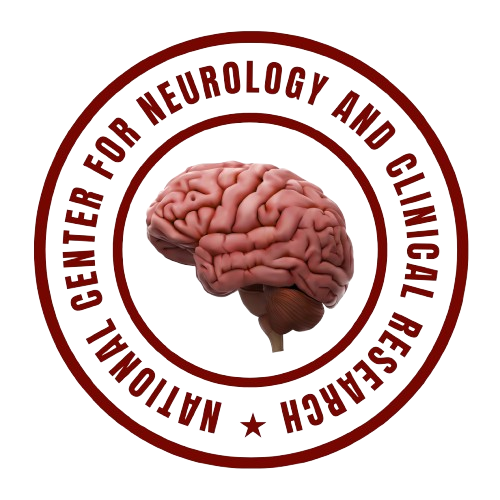Neurodevelopmental disorders
- NCNCR

- Nov 3, 2018
- 2 min read

Neurodevelopmental disorders are a group of conditions that originate in early development, typically before a child enters grade school, and are characterized by developmental deficits that produce impairments of personal, social, academic, or occupational functioning. These disorders encompass a wide range of conditions, each with its own unique set of challenges and characteristics, affecting how the brain functions and processes information.
At the core of neurodevelopmental disorders is an atypical development of the brain or central nervous system. This can manifest in various ways, impacting areas such as learning, communication, motor skills, executive functions (like planning and organization), and social interactions. The exact causes are often complex and multifactorial, involving a combination of genetic predispositions, environmental factors (such as prenatal exposure to toxins or complications during birth), and structural or functional abnormalities in the brain.
Some of the most commonly recognized neurodevelopmental disorders include:
Autism Spectrum Disorder (ASD): Characterized by persistent deficits in social communication and social interaction, and restricted, repetitive patterns of behavior, interests, or activities. The spectrum nature means that the severity and presentation of symptoms can vary widely among individuals.
Attention-Deficit/Hyperactivity Disorder (ADHD): Defined by a persistent pattern of inattention and/or hyperactivity-impulsivity that interferes with functioning or development. It's often associated with difficulties in focusing, managing impulses, and regulating activity levels.
Intellectual Disability (ID): Formerly known as mental retardation, this disorder is characterized by deficits in intellectual functioning (e.g., reasoning, problem-solving, planning, abstract thinking, judgment, academic learning, and learning from experience) and adaptive functioning (failure to meet developmental and sociocultural standards for personal independence and social responsibility).
Specific Learning Disorder: This involves significant difficulties in the acquisition and use of academic skills (e.g., reading, writing, arithmetic) that are not better accounted for by intellectual disabilities, sensory deficits, or other mental or neurological disorders. Examples include dyslexia (reading), dysgraphia (writing), and dyscalculia (math).
Motor Disorders: Such as Developmental Coordination Disorder, which involves significant impairment in the acquisition and execution of coordinated motor skills, and Stereotypic Movement Disorder, characterized by repetitive, seemingly driven, and apparently purposeless motor behaviors (e.g., hand waving, body rocking) that interfere with social, academic, or other activities.
Communication Disorders: These include difficulties in language, speech sound production, social communication, or fluency (e.g., stuttering).
Early identification and intervention are crucial for individuals with neurodevelopmental disorders. While these conditions are typically lifelong, appropriate support, therapies, educational strategies, and sometimes medication can significantly improve functioning, reduce challenging behaviors, and enhance the quality of life for affected individuals and their families. The focus of intervention is often on developing coping strategies, building skills, and adapting environments to better suit the individual's unique needs, fostering their strengths and promoting independence.
.png)
Comments